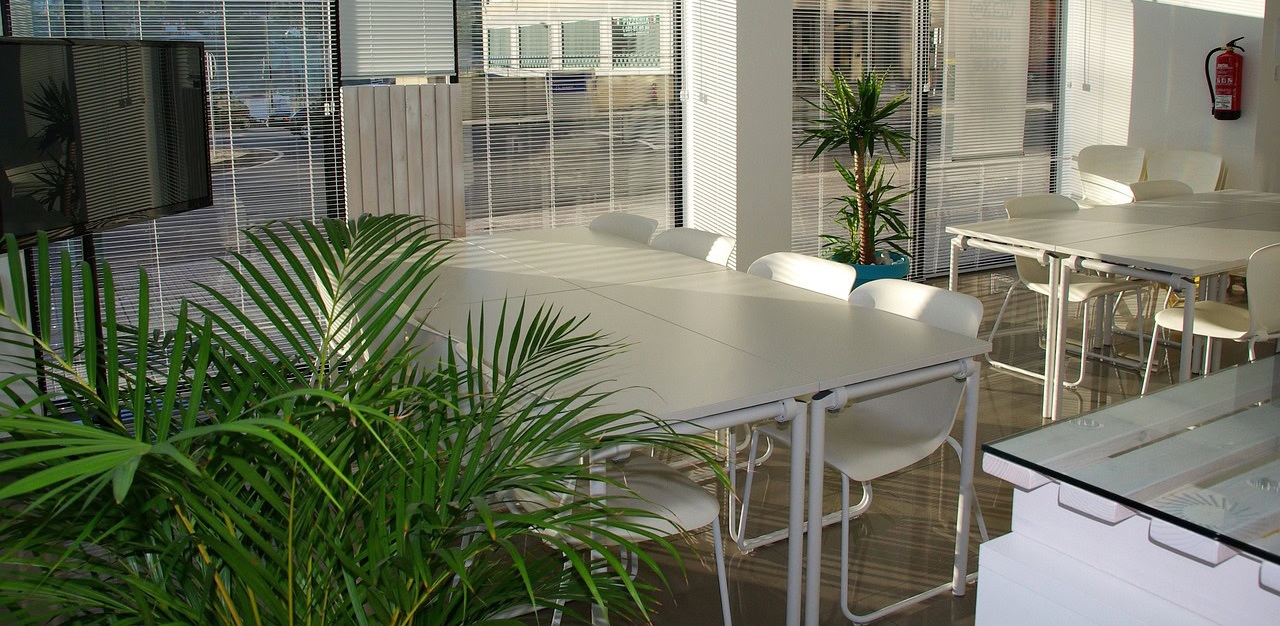Optimizing Collaboration in the Hybrid Office Era: Practical Strategies for Modern Teams
The changes in working patterns brought about by the global pandemic have accelerated the adoption of the hybrid office system in many companies, both in Indonesia and around the world. This model combines working from the office and remote work, providing employees with flexibility, but also presenting new challenges, especially in maintaining effective team collaboration. In this article, we will comprehensively discuss practical strategies that can be implemented to optimize team collaboration in the hybrid office era, so that companies remain competitive and productive.
1. Integrate Digital Collaboration Tools
The success of a hybrid team greatly depends on the technology used. Digital tools such as Slack, Microsoft Teams, Zoom, Google Workspace, Trello, or Asana have proven to be the backbone of modern collaboration. However, the main key is not just choosing many applications, but standardizing the tools used across the team or company.
Practical Tips:
-
Assess your team’s needs and choose tools that are truly relevant.
-
Make sure all team members understand how to use the main features.
-
Provide regular training for new or updated applications.
Digital tools should also enable both synchronous (real-time, such as chat or video meetings) and asynchronous collaboration (emails, collaborative documents that can be edited anytime).
2. Establish Consistent Communication Patterns
Communication is the main foundation of collaboration, especially when team members are spread across different locations. Therefore, it is important for companies to establish scheduled and consistent communication rituals, such as:
-
Weekly meetings to update project progress.
-
Daily stand-ups for small or dynamic teams or projects.
-
Informal check-ins via group chat to maintain team rapport.
Additionally, meeting schedules should consider different time zones (if team members are located in various cities or countries). Avoid scheduling that forces someone to work outside their productive hours.
3. Build a Culture of Transparency and Trust
Trust and transparency become even more important in a hybrid environment, where managers cannot always “see” their employees’ activities directly. Encourage a culture of independent progress updates, either through project management tools or chat.
Practical Examples:
-
Create a weekly reporting template in Google Docs/Sheets.
-
Implement two-way feedback, not just top-down instructions.
Such a culture helps minimize miscommunication, accelerates problem resolution, and fosters a sense of ownership in every project.
4. Facilitate Synchronous & Asynchronous Collaboration
Not everyone can attend every meeting. The solution:
-
Use collaborative documents (such as Notion or Google Docs) that can be accessed and edited at any time.
-
Record important meetings and save them in the cloud, so that absent members can still follow along.
This kind of asynchronous collaboration increases flexibility without sacrificing team engagement.
5. Redesign Office Space for Hybrid Collaboration
Although many people now work remotely, a physical office is still needed as a center for collaboration and interaction. Thus, office design needs to adapt:
-
Provide open brainstorming areas and informal discussion spaces.
-
Hybrid meeting rooms should be equipped with cameras, speakers, and a stable internet connection.
-
Offer hot-desks or flexible workspaces so that no area is left unused.
This not only supports productivity, but also creates a comfortable and collaborative atmosphere for teams when they are in the office.
6. Flexibility with Clear Ground Rules
Hybrid offices offer flexibility, but without clear ground rules, collaboration can become chaotic. Some strategies you can apply:
-
Set core hours to ensure all team members can collaborate in real-time during certain periods.
-
Document expectations, targets, and workflows in writing, so that all team members have clear references.
Flexibility should go hand in hand with discipline and accountability.
7. Invest in Soft Skills Training & Development
Effective collaboration is not only about technology, but also communication skills, time management, and problem-solving abilities.
-
Hold regular soft skills training sessions.
-
Involve the HR team or external consultants for workshops on collaboration and communication skills.
Developing these skills will become the main foundation for a healthy team, built on mutual trust and complementary strengths.
Optimizing collaboration in the hybrid office era requires a new, adaptive, integrative, and human-centered approach. By combining the right digital tools, building a culture of transparency, redesigning office spaces, and equipping teams with relevant soft skills, companies can maintain team unity and productivity amid changing work styles.
If you want to know more about successful case studies from other companies or want a collaboration strategy template that can be directly implemented with your team, do not hesitate to contact us.
Looking for a hybrid, flexible, and modern workspace that supports collaboration and productivity? Consult your relocation, design, and office management needs with the experts at Crown Workspace Indonesia. Discover complete and professional solutions for your business—only at Crown Workspace!
Related stories
Walk into modern offices and you’ll see the motifs of sustainability: a living wall in reception, branded reusable mugs in the pantry, perhaps even a rooftop beehive. These are the sort of things that photograph well and tick boxes in annual reports. But what truly makes an office “green”? The uncomfortable truth is that many […]
Sustainability is everywhere in workplace design. From rooftop gardens to recycled coffee cups, offices are quick to showcase their “green” credentials. But how much of this activity delivers genuine environmental impact, and how much is simply optics?
Let’s start with the conclusion: The honest answer is that both stories are true. Some organizations are taking up more and larger offices, others are compressing. What ties the two together is a single idea that now sits at the heart of Facilities Management: rightsizing. Size follows purpose. If the purpose is clearer collaboration, better […]





























